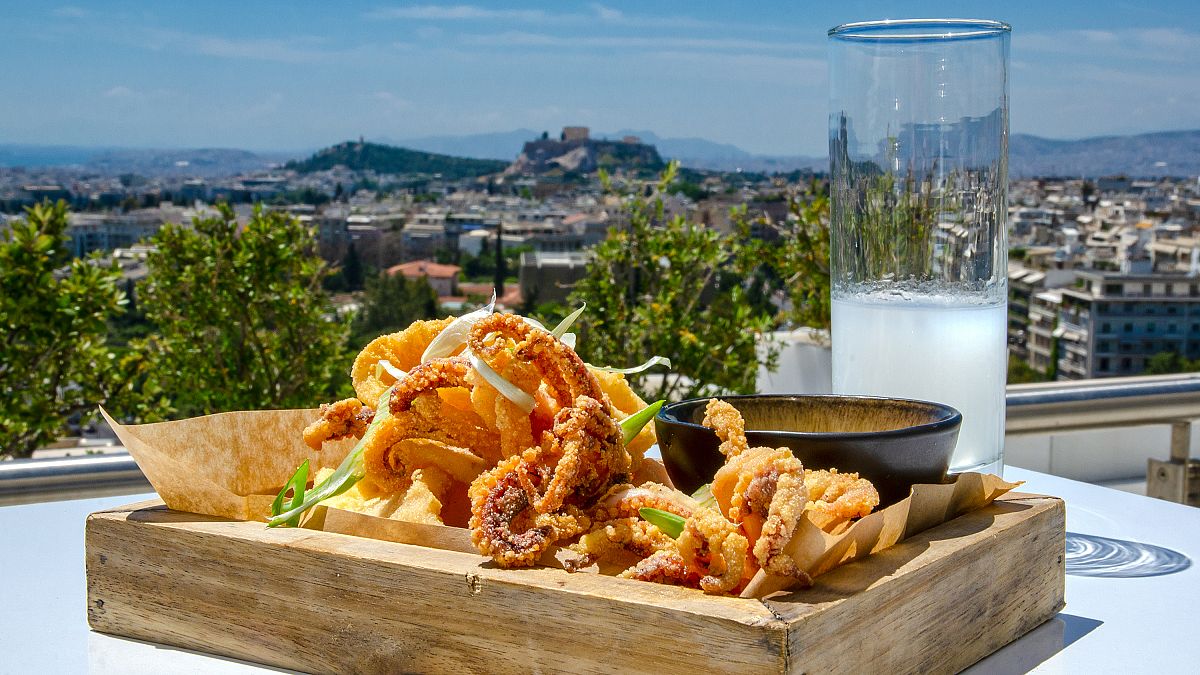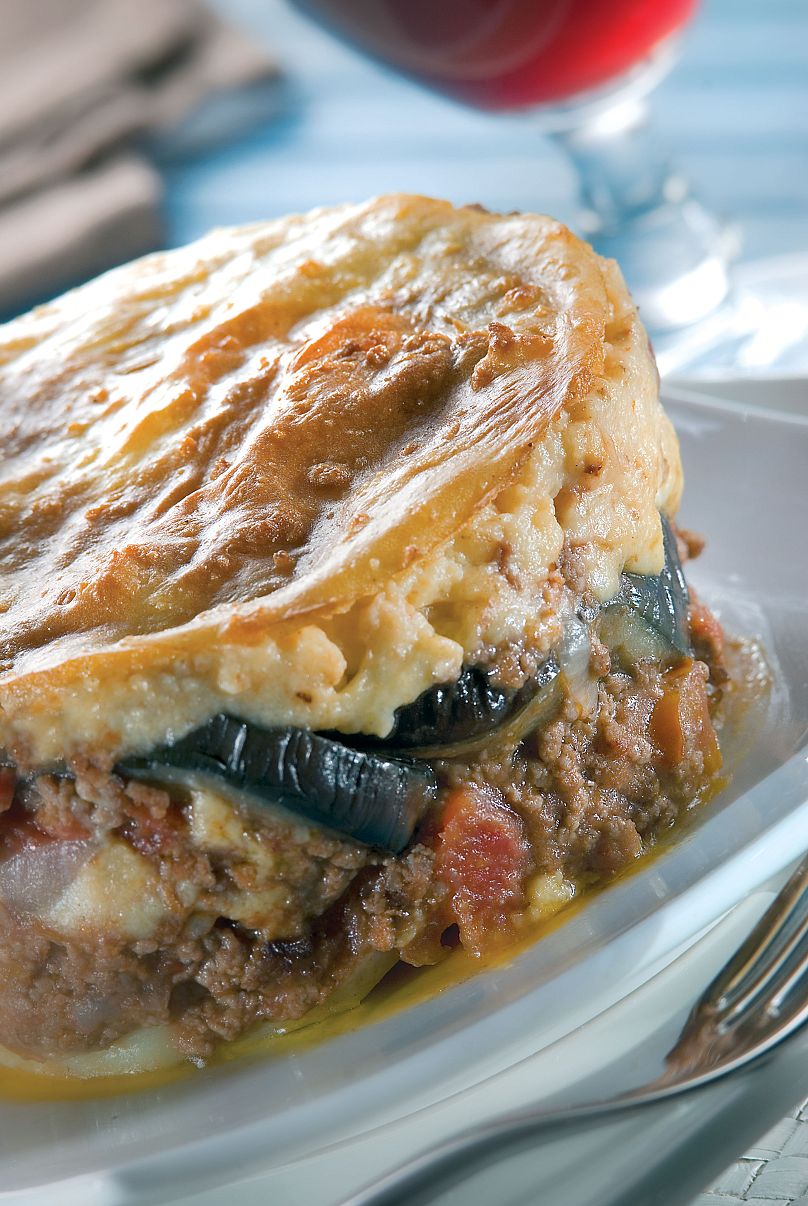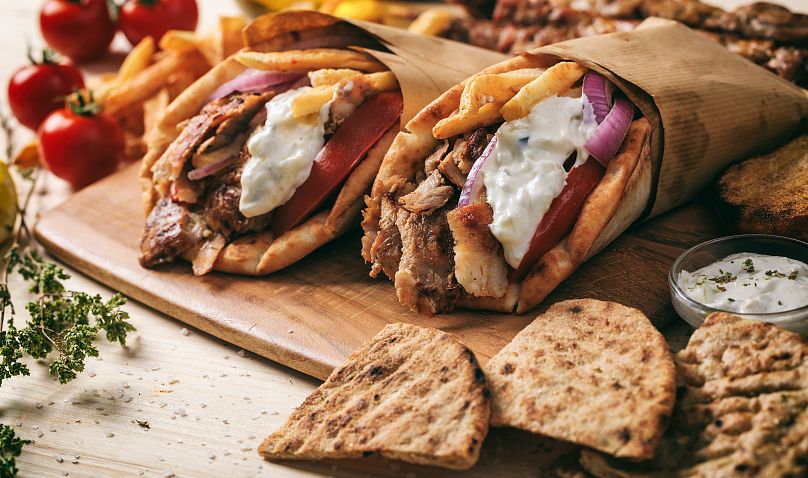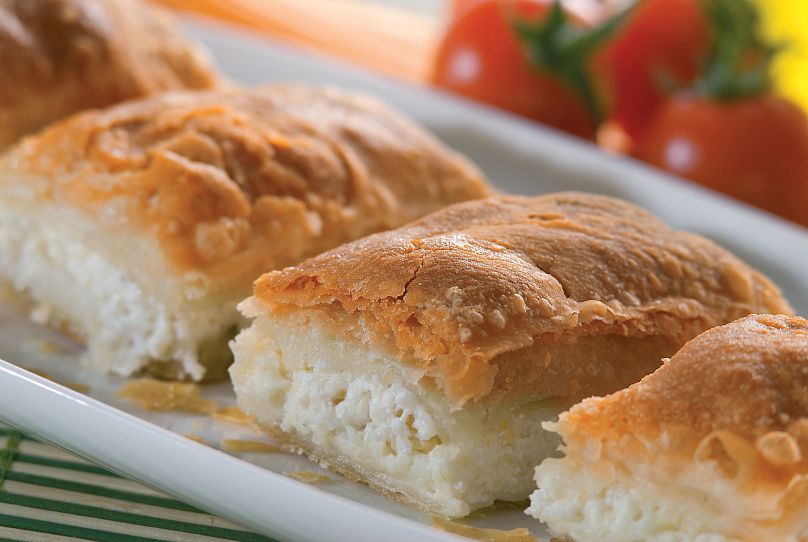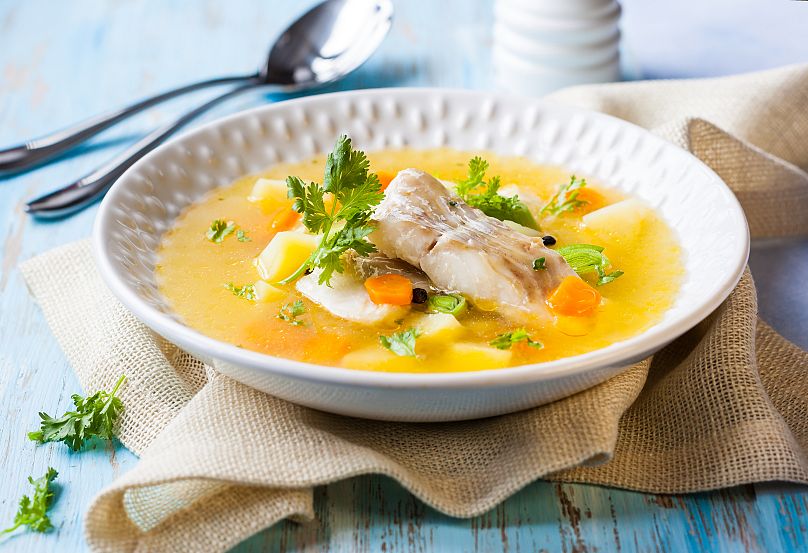1. Indulge in a mezedes medley
Eating is more than just sustenance in Greece, it marks many of life’s most important moments. Keen cooks spend hours – even days – perfecting recipes passed down from generation to generation to be shared with family and friends – and the variety is tantalising. One way to overcome the difficulty in choosing a dish is to order them all. No Greek gathering is complete without little plates of mezedes on the table, washed down with tiny tumblers of ouzo. Traditionally, mezedes is of Turkish origin, borrowed from the Persian ‘mazze’, which means ‘taste’ or ‘snack’. Today, it is one of Greece’s most compelling culinary flourishes packed with a variety of complementing tastes, from salty taramasalata to silky yoghurt tzatziki that begs to be slathered on meaty keftedes.
2. Warm your soul with hearty magirefta
The chances are you’ve heard of – and probably devoured – many a plate of moussaka, but the eggplant, mincemeat and potato dish is just the tip of the iceberg when it comes to homely Greek cuisine. Magirefta refers to rustic, one-pot casserole dishes that are baked over the course of several hours and are a staple of taverna life. Typically, chefs whip up these dishes at the crack of dawn, with the flavours enhancing as the pot cools throughout the day. Aside from moussaka, other popular magirefta include stifado, which is a bubbling vat of sweet, stewed meat swimming with tomato and small round onion bulbs, and kotopoulo lemonato, a chicken dish baked with lemon and oregano. Vegetarians can tuck into a warming gemista- vegetables stuffed with rice and herbs or choose from an endless variety of meat-free orzo dishes.
3. Grab souvlaki on the go
In Greece, meals are rarely limited to three a day, and street food is a common sight in almost every city. Here, what many tourists know as the humble kebab is elevated to impossible heights. Translating to ‘meat on a skewer’, souvlaki is Greeks’ most beloved fast food, though carving chunks from a vertical rotisserie is not uncommon. Comprised of sizzling hunks of meat wrapped with onions, tomatoes and tzatziki in a sturdy pita blanket, souvlaki is a pure joy when eaten fresh. Filled with lamb, pork or chicken and stuffed with French fries, the wrap is on the heftier side for a street snack – in the best possible way. Whether grilled over open coals or shaved straight into a sandwich, get ready to soak in the sights with a souvlaki in hand.
4. Try a slice of the pie with tyropita
The Americans have their pumpkin pies, the British have their steak and onion, and in Greece, the tyropita steals the crown. Made from layers of paper-thin phyllo dough and filled with an egg and feta cheese mix, the light and flaky snack is eaten throughout the day in a variety of shapes and sizes. Bakeries make endless variations of tyropita, with regional twists including anything from roasted red peppers to kasseri cheese. Other traditional pies worth sampling include the spanakopita, made with fresh spinach and feta, and the creamy custard-filled bougatsa, which is typically enjoyed at breakfast time and washed down with strong coffee.
5. Sample the fruits of the sea with psarosoupa
With 227 islands and around 15,000km of coastline, it’s not surprising that Greece is famous for its seafood. The catch of the day is typically grilled whole and drizzled with lemon and oil, while smaller fish like whitebait and squid are usually lightly fried. Octopus is a big hit in Greek restaurants and can be grilled, marinated or stewed in wine sauce. For a truly unique experience, try the psarosoupa, or fish soup, cooked with a medley of fish, potatoes and vegetables. To ensure you’re eating the freshest catch, stick to local Greek-owned tavernas and don’t be shy about picking out and weighing your own dinner. If you’re enjoying a tipple with your seafood, make sure it’s retsina, a traditional Greek wine flavoured with the resin of pine trees that became popular in the 1960s.
6. Indulge your sweet tooth with baklava
No Greek feast is complete without something crispy, crunchy and honey-soaked and baklava ticks all three boxes. Perhaps Greece’s most iconic dessert, the layered pastry consists of phyllo dough and chopped nuts drenched in honey syrup. Varieties include everything from clotted cream to chocolate and rose, though you can’t go wrong with the classic pistachio. If you have a sweet tooth, don’t miss the kataïfi, a similar syrupy offering made with roughly chopped walnuts, scented with ground clove and cinnamon, wrapped in crispy dough and bathed in lemon syrup. Both dishes belong to syropiasta family, which means ‘soaked in syrup’, with other varieties including galaktoboureko – custard pie with syrup – and samali – a semolina cake drizzled in lemon and rosewater syrup.
